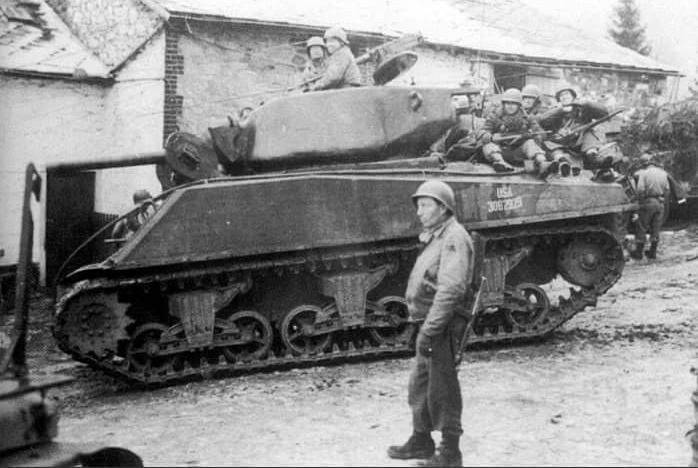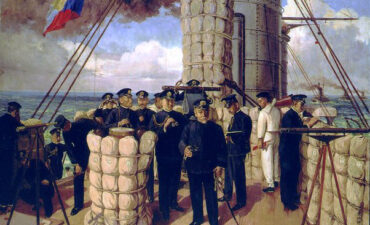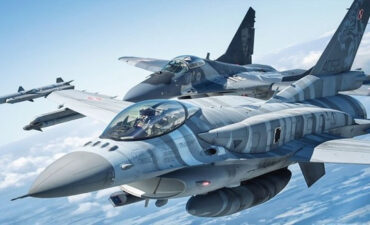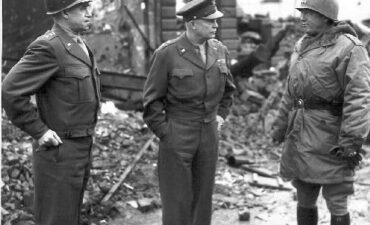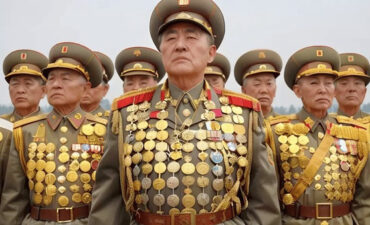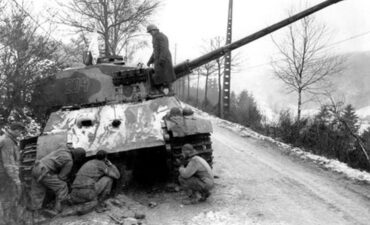Why didn’t the Sherman tanks use an 88 mm? The Sherman tanks of World War II, primarily used by the Allies, were not equipped with 88 mm guns for several reasons related to design, production, and strategic considerations.
Design and Development Timeline:
When the Sherman tank was initially designed in the early 1940s, the 75 mm gun was considered sufficient for its intended role. The tank was meant to support infantry and exploit breakthroughs rather than engage in direct tank-on-tank combat, which was expected to be handled by tank destroyers.
Production and Standardization:
The United States had to rapidly produce a large number of tanks to meet wartime demands. The 75 mm and later 76 mm guns were already in production, and incorporating a different gun, such as the 88 mm, would have required significant retooling and redesigning of the tanks. This would have slowed down production rates at a critical time in the war.
Logistics and Supply Chain:
Standardizing on the 75 mm and 76 mm guns simplified logistics and ammunition supply. Introducing a new caliber like the 88 mm would have complicated the supply chain, making it harder to ensure that front-line units had the necessary ammunition and spare parts.
Vehicle Design Limitations:
The Sherman tank’s turret and overall design were not initially built to accommodate the size and recoil of an 88 mm gun. Modifying the design to mount such a large gun would have required extensive changes to the tank’s structure, weight distribution, and internal systems.
Allied Doctrine and Strategy:
The Allies focused on a combined arms approach where different types of units (tanks, tank destroyers, infantry, artillery, and air support) worked together. The Sherman tank was part of this larger strategy and was supplemented by specialized tank destroyers like the M10, M18, and M36, which were equipped with more powerful guns designed to take on enemy armor.
German 88 mm Gun:
The German 88 mm gun was renowned for its high velocity and effectiveness against armor, but it was part of a different design philosophy. The German approach emphasized fewer, more heavily armed and armored tanks, whereas the Allies prioritized numbers, reliability, and versatility.
In summary, the Sherman tanks did not use an 88 mm gun due to a combination of design decisions, production efficiency, logistical considerations, and strategic doctrine. The existing armament was deemed adequate for the roles the Sherman was designed to fulfill within the broader Allied war effort.
